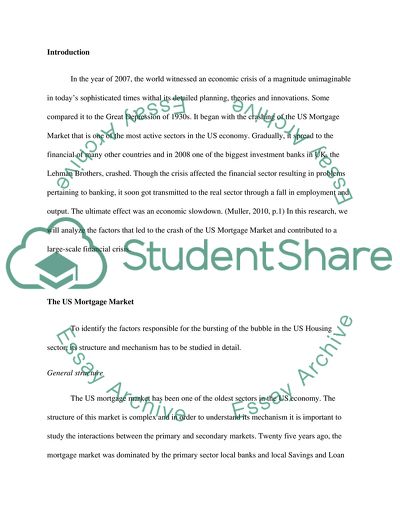Cite this document
(What caused the bubble and bust in housing Term Paper, n.d.)
What caused the bubble and bust in housing Term Paper. https://studentshare.org/macro-microeconomics/1756022-what-caused-the-bubble-and-bust-in-housing
What caused the bubble and bust in housing Term Paper. https://studentshare.org/macro-microeconomics/1756022-what-caused-the-bubble-and-bust-in-housing
(What Caused the Bubble and Bust in Housing Term Paper)
What Caused the Bubble and Bust in Housing Term Paper. https://studentshare.org/macro-microeconomics/1756022-what-caused-the-bubble-and-bust-in-housing.
What Caused the Bubble and Bust in Housing Term Paper. https://studentshare.org/macro-microeconomics/1756022-what-caused-the-bubble-and-bust-in-housing.
“What Caused the Bubble and Bust in Housing Term Paper”. https://studentshare.org/macro-microeconomics/1756022-what-caused-the-bubble-and-bust-in-housing.


